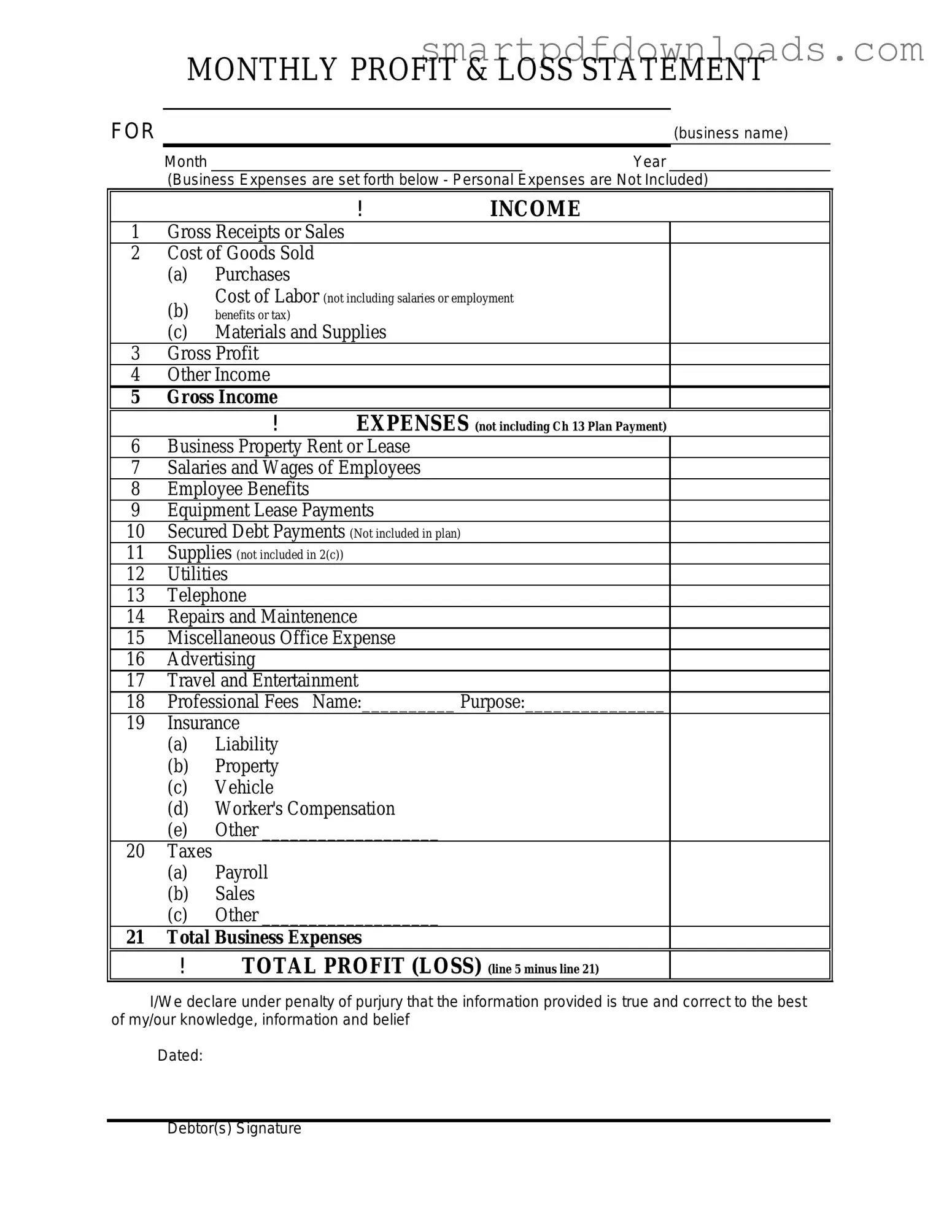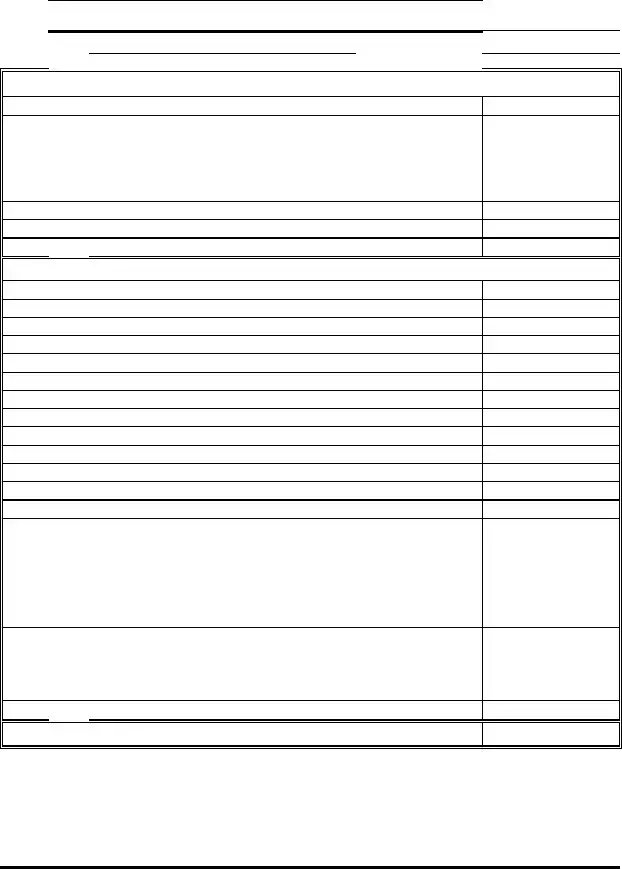Profit And Loss Form
The Profit and Loss form, often referred to as an income statement, summarizes a company's revenues and expenses over a specific period. This essential financial document provides insights into a business's profitability, helping stakeholders make informed decisions. Understanding its components is crucial for effective financial management.
Edit Profit And Loss Online

